Investigative journalism methodology

How journalists can do a better job covering polarizing subjects–in ways that people will actually hear
In a report for Solutions Journalism Network, journalist Amanda Ripley writes about how reporters can work new techniques into their journalism — ones that are better equipped to deal with the “kind of divide America is currently experiencing,” which researchers call ‘intractible conflict.’” What we need to do, Ripley argues, is “complicate the narrative,” telling more complex stories that […]
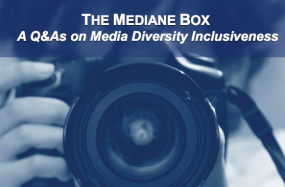
The Mediane Box: a Q&A on media diversity and inclusiveness
Only a quarter of the people heard or read about in European media are women, while they make up more than half of the world’s population. This imbalance has been one of the reasons for the European Council to support in the development of the Mediane Box. The online tool questions, reflects and enriches the way journalists have included diversity in their work.
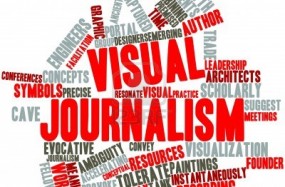
The world’s most respected photojournalism contest unveils a new set of standards for visual journalism
In a world where visual communication is becoming increasingly popular, it’s very important to know how to use photos, how to avoid manipulation, how to create a strong and positive impact on the society. Here an article from Rachel Lowry, published on Time, which talks about a new set of standards for visual journalism made by World Press Photo.
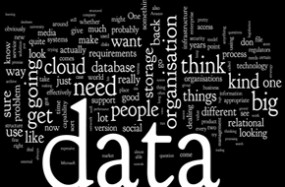
Research Desk: Open Data Guides, Migration, Terrorism
The Global Investigative Journalism Network has gathered very useful data sources and reports for journalistic researches and investigations. We strongly recommend you to read this section.
Two new resources for accessing open data begin this Research Desk update. We’ve also included data-rich resources on migration and a special section on terrorism.
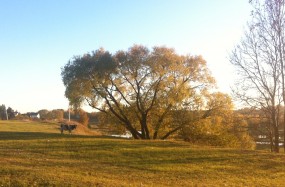
How environmental journalists can tell more effective stories
The awareness about environmental issues depends also on the way to tell the stories. The International Journalists’ Network has shared an article with some recommendations for environmental journalists.
The Associated Press recently changed its style guidelines when mentioning people who reject global warming as fact, citing that reporters must use “climate change doubters or those who reject mainstream climate science” rather than “skeptics or deniers.”
This stance on the truth is one in which environmental and science reporters must hold strong, said Elissa Yancey, a longtime environmental journalist and currently a media and communications director at the University of Cincinnati.
“It’s up to us as journalists to tow that line about legitimacy,” Yancey said at a recent workshop at the Online News Association conference in Los Angeles. “Sometimes the truth is just the truth. If all we are are parrots as journalists, then we’re not doing our job. It’s up to us to take in that big realm of information, translate it, curate it, and present the best and only the best to our readers.”
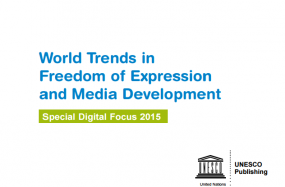
UNESCO Report Calls for Stronger Source Protection
The 2th November is the “International Day to End Impunity for Crimes against Journalists“. In this occasion, UNESCO has released a new study, the “World Trends In Freedom of Expression and Media Development”. The chapter “Protecting Journalism Sources in the Digital Age” is particularly interesting, because here you can find useful advices.
We are reprinting below that section’s key findings and recommendations, which add another important voice calling for stronger measures to protect sources.
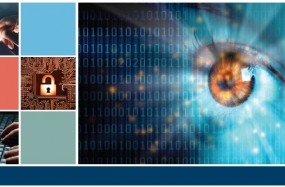
Watchdogs Under Watch: Media In The Age Of Cyber Surveillance
The Center for International Media Assistance has released last April “Watchdogs Under Watch: Media in the Age of Cyber Surveillance”, by Don Podesta, CIMA’s manager and editor.

Fighting Radicalisation and Extremism Online
Media Diversity Institute spread UNESCO’s Framework of Action against hate speech and racism online. Knowledge and critical thinking are the main weapons to combat violent extremism.
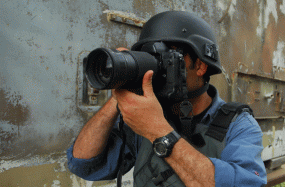
Tips for Ukrainian reporters covering conflict and free safety manuals for journalists
A lot of journalists everyday risk their lives to report what is happening in risk areas. Fighting and wars raging across Middle East, Eastern Europe, Africa, and Asia, involve especially local reporters.
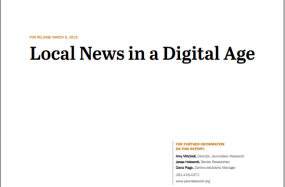
Local News in a Digital Age
The Pew Research Center published a report in March 2015 analysing the way local news are consumed in three distinct metropolitan areas in the United States: Denver, Colorado; Macon, Georgia; and Sioux City, Iowa. One of the findings of the Pew reports is that minorities — African-Americans in Macon and Hispanics in metropolitan Denver — follow local news more intently than the white people do. The study also suggests that some populations are more engaged with their local news stream, and that this holds across a broader range of topics.